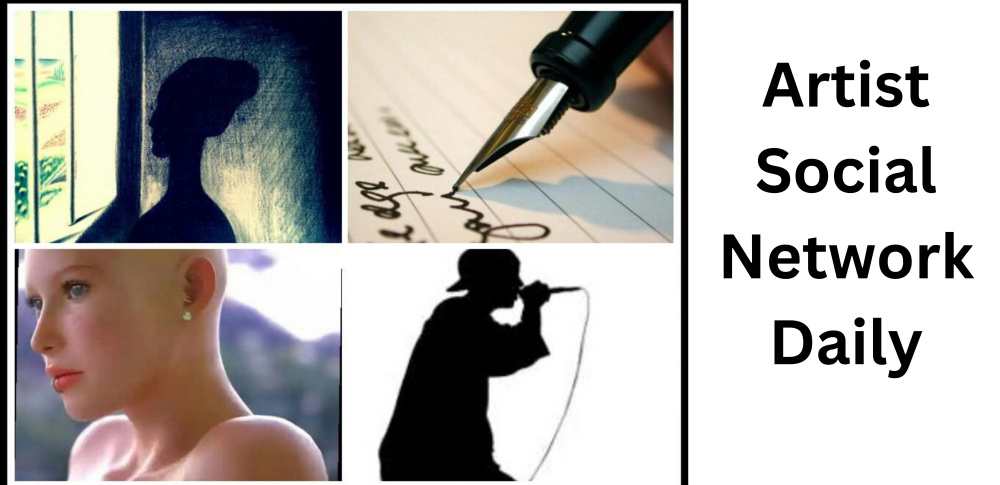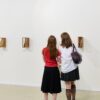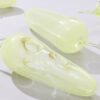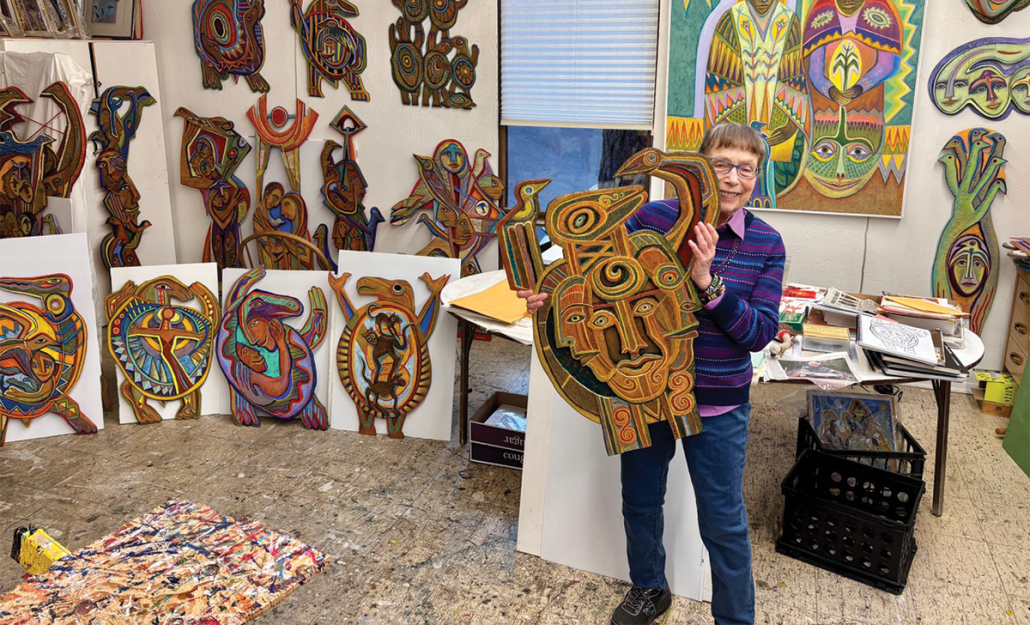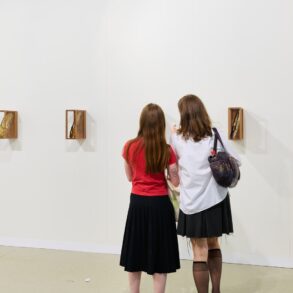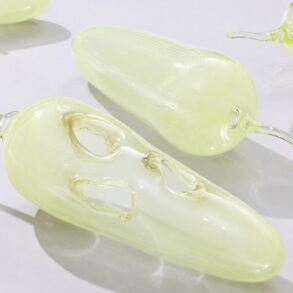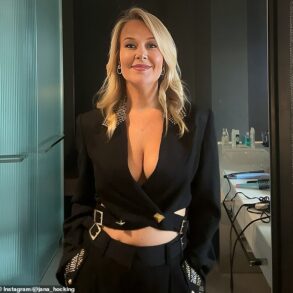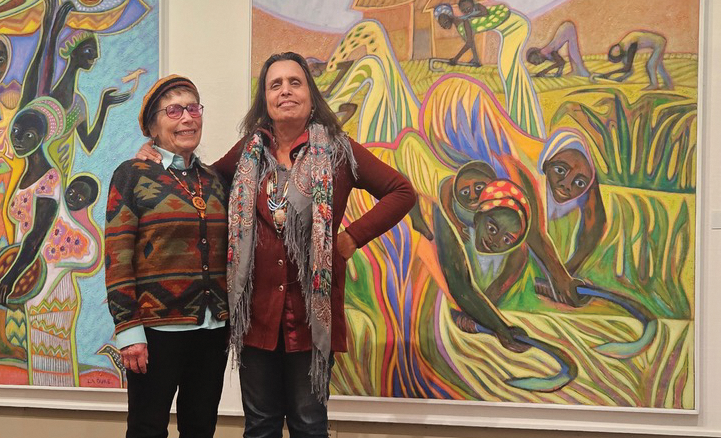
Betty LaDuke (l) with her daughter Winona and her artwork. Courtesy photo.
“Your mother’s art is so direct, so full of hard lessons and stories, and so full of love. That’s what amazes me — your writing is the same.”
This is what Beth Hartpence, a young curator at the Jordan Schnitzer Museum of Art at the University of Oregon, told me as I looked at some of my mother’s etchings from the early 1960s. Today, my mother is 92 years strong and reflects a life lived well, in joy, commitment, and beauty.
At 65, I have been thinking about the work of my mother, the artist Betty LaDuke, and how that has influenced my work for almost five decades as a community organizer and writer. Community organizing is not a science; it is an art. There are numbers — percentages, turnout, tipping points, hearings, lawsuits — but there also are magical moments, people, living ecosystems. That is what you learn from an artist: You can repaint, find joy, and remember your commitment to life and the people.
My mother comes from tough people. As Jewish emigrants — from what would become Belarus, Poland, and the Ukraine — my maternal grandparents came to New York in the 1920s. Their only child, Betty, was born in 1933 in the Bronx, as the daughter of Sam and Helen Bernstein, a painter and a textile worker.
My grandmother was formidable. She was the first Jewish girl to graduate from a Polish school in her region and was committed to studies of history and politics. My great-grandmother would take flour to market by horse and wagon, and then buy a newspaper.
I come from women who sought to learn about the world, pushed against constraints placed upon them, and had a deep understanding of poverty, justice, war, and joy.
My grandmother, Helen, was about five feet tall and was a member of the International Ladies’ Garment Workers’ Union. She worked in a pocketbook factory. Those textile unions were organized in the decades following the Triangle Shirtwaist Factory fire, which burned over 100 women who were locked inside. I was able to attend Harvard in part because of the money put aside by my working-class grandmother.
My grandparents were committed to justice in a time when red-baiting and McCarthyism tried to make people fearful, much like today. They stood their ground.
We Learn From History
My mother attended multi-racial summer camps in the 1940s at a time of segregation. Her teachers included legendary Black artists Elizabeth Catlett and Charles White; one day Paul Robeson visited. She lived in a multicultural world and understood the wealth of these relationships.
Her art has been collected by African American colleges, such as Bennett College in Greensboro and Howard University. Many of her books were published by Africa World Press. Former secretary-general of the United Nations Kofi Annan has written about her.
My mother attended art school at the Cleveland Institute of Art and, at age 20, was given a scholarship to the Instituto Allende in San Miguel Allende. She lived in Mexico for three years. By 1956, at 23, she had five exhibits sponsored by the Mexican government, including her first one-person show in Mexico City, at the governor’s gallery, called New Generations. The exhibit was for young Mexican painters, which she was considered to be at that time. She was painting murals in Otomi communities and met notable artists Gerardo Silguero, Rufino Tamayo, and Diego Rivera.
Then she met my father, Vincent LaDuke. My father had left the White Earth reservation and traveled to organize and advocate for Native people. He hitchhiked from the Reno Sparks Indian Community to Washington to talk to politicians about housing and poverty on the reservation.
He met my mother in New York City when she was teaching art at the Grand Street Settlement house. From what I have been told, it was love at first sight. They traveled in a panel truck to Los Angeles. They began a life in East LA, surrounded by farm workers, Indians, social movements, and Hollywood; my father was an extra in Western movies. I was born in Los Angeles.
I was born from social movements. I’ve been blessed with a life seeing courageous people stand for something: farm workers, and those in the peace and civil rights movements.
I have lived through the times of COINTELPRO — the Counter Intelligence Program of covert and illegal projects, conducted by the FBI, designed to disrupt U.S. political organizations. I also have experienced the American Indian Movement, my arrest a few years ago with six others for protesting the Line 3 pipeline on the Shell River, and now these times of Trump. My mother’s history tells me we shall overcome.
I understand well what it is to be a woman facing challenges and discrimination. My mother’s commitment to justice inspires me. She was the only woman in the art department for 18 years at Southern Oregon University, where she had a broom closet for an office. Her work documented women artists worldwide, a field of limited interest for years in a male-dominated world. She traveled to Eritrea during its civil war in the 1990s and developed workshops for rural villages. Today, the Eritrean government includes 26 of her paintings in its national collection. She has a great span of artwork about global farmers, for groups like Freedom From Hunger and the Heifer Project; the Heifer office in Georgia is filled with her murals.
For 70 years, she has prolifically created art on themes of catastrophic fires, deadly border crossings, guns, and hope. Now she is creating wooden carved panels, shaped and painted in a growing series called Turtle Wisdom.
I was born from a strong line of women and the social justice work that formed them: labor, anti-war, civil rights, and the Indian movements. I was taken out of school for anti-war marches. My mother reversed colonial teaching in the 1960s and 1970s by forcing my public school to allow me to sit during the Pledge of Allegiance. Those are the teachings that I know.
What Can Be Learned From Such a Mother?
1. Art moves people. Standing in front of a painting that fills you with emotion reflects on your heart and psyche. Through all of my work as a community organizer — whether White Earth Land Recovery Project, Honor the Earth, agriculture work, or the Giiwedinong Museum —art is how I see the world.
2. We can repaint. A painting can be redone, started over, or partially repainted. Change is possible. Making a better story is possible.
3. Be a multidimensional thinker. Art is not linear. Life is not linear. Organizing is not linear.
4. Make space and prioritize. My mother had a rigorous schedule that included teaching, painting, and family life. Multitasking is the life of a woman. We are not single-issue campaigners; we are all things. As women and as mothers, we work to nurture the best from our children and colleagues.
5. Recognize the dignity of humans. My mother gives dignity to the least able. Finding a space for all people in the movement is a critical organizing principle.
6. Social movements have long lifespans. Her box paintings of Martin Luther King Jr., the Watts Riots, the Vietnam War, and Flower Children stand near my bedroom at my family’s home in Oregon. Those same refrains reappear today. She changed mediums but continued to tell the stories, moving from etchings to paintings to sculptures and now panels.
7. Honor farmers. She immortalizes the farm workers of southern Oregon (now featured in panels in the Medford Airport in Oregon). Today, I am also a farmer, with chickens, goats, turkeys, hemp, and horses.
8. Museums belong to the people. My mother hauled me to museums everywhere. In 2023, I was part of creating the Giiwedinong Museum of Treaty Rights and Culture in downtown Park Rapids. The museum is in a former Carnegie Library that became the Enbridge Oil office.
The landscape is my canvas. I can weed, select, make it beautiful. Art, and organizing, is a practice of transformation.
Feminist art critic Gloria Orenstein wrote in a preface to my mother’s book: “Artists are visionaries in their own time who can often give us a glimpse of the changes in perception and consciousness that await us via their imagination. Creative journeys, both inward and outward, across space and time.”
My mother’s work is symbolic and mythical. So is life, and community organizing.
As I enjoy my mother’s company and art, as an elder myself, I see a reaffirmation of the beauty of life, of humans, and of the potential forever to repaint and create anew.
Winona LaDuke is a writer, farmer, and organizer from the White Earth reservation. She is working on a new book on this time of transition, and documenting Indigenous land and water protector movements. winonaladuke.com, bettyladuke.com
This post was originally published on this site be sure to check out more of their content
